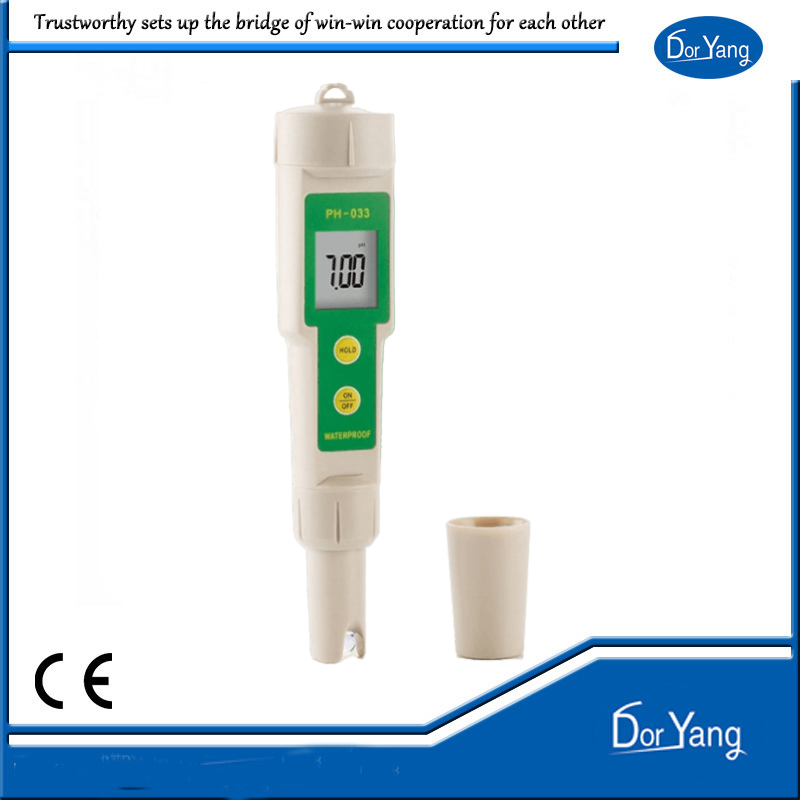Understanding the pH levels of your soil and water is critical for gardening, agriculture, and even household tasks. Many plant enthusiasts already own a soil pH tester, but a common question arises: Can this tool double as a water pH tester? While the short answer is "sometimes," the reality is more nuanced. Let’s explore the science, limitations, and practical considerations of repurposing a soil pH tester for water analysis.
Soil pH testers measure the acidity or alkalinity of soil, typically using one of two methods:
Probe-Based Testers: These electronic devices have a metal electrode inserted into moist soil to detect hydrogen ion activity.
Chemical Test Kits: These involve mixing soil with water and a reactive solution, then comparing the color change to a chart.
Soil pH testers are calibrated for the unique properties of soil, which contains organic matter, minerals, and microorganisms that influence pH. Testing often requires mixing soil with distilled water to create a slurry, allowing ions to dissolve for an accurate reading.
Water pH testers are designed specifically for liquids. They include:
Digital pH meters with waterproof probes.
Litmus strips that react to liquid samples.
Chemical drop tests for precise measurements.
Calibration Issues: Soil testers are often calibrated for a wider pH range (e.g., 3–9), while water typically falls in a narrower band (6.5–8.5). This can reduce accuracy.
Electrode Limitations: Probes meant for soil may not function properly when fully submerged in water, leading to erratic readings.
Contamination Risks: Water with dissolved salts, chlorine, or minerals can interfere with soil tester sensors.
Alternatively, you can use Doryang Digital pH Meter

In a pinch, some soil pH testers can provide a rough estimate of water pH, but with caveats:
Probe-Style Testers: If the device is waterproof, briefly submerging it in water might work. However, prolonged exposure can damage the probe.
Chemical Soil Kits: Mixing a water sample with the provided solution (if compatible) could yield results, but this is not standardized.
Calibrate First: Use pH calibration solutions (e.g., pH 4.0 and 7.0) to adjust your device.
Clean Thoroughly: Residue from soil or water minerals can skew future soil tests.
Verify with a Dedicated Tool: Cross-check results with a litmus strip or water-specific tester.
Device Damage: Water intrusion can corrode non-waterproof probes.
Inaccurate Readings: Misinterpreting water pH could harm aquatic life, plants, or plumbing.
Voided Warranties: Some manufacturers explicitly warn against using soil testers for liquids.
For reliable results, invest in tools designed for water:
Digital pH Pens: Affordable, portable, and precise for liquids.
Litmus Paper: Inexpensive and simple for quick checks.
Aquarium Test Kits: Tailored for water quality analysis.
While a soil pH tester might provide a ballpark estimate for water pH, it’s not ideal. The risks of damage and inaccuracy outweigh the convenience. For gardening, aquariums, or drinking water, opt for a purpose-built water pH tester. If you’re determined to use your soil tool temporarily, proceed with caution—calibrate, clean, and verify. Remember, precise pH management starts with the right tools!
Final Tip: Always check your soil pH tester’s manual for guidance. When in doubt, keep soil and water testers separate for optimal performance.
Contact: Jack
Phone: +8618516763528
Tel: +8618516763528
Email: jack@doryang.com
Add: Shanghai Zha Bei District industrial road longsheng building